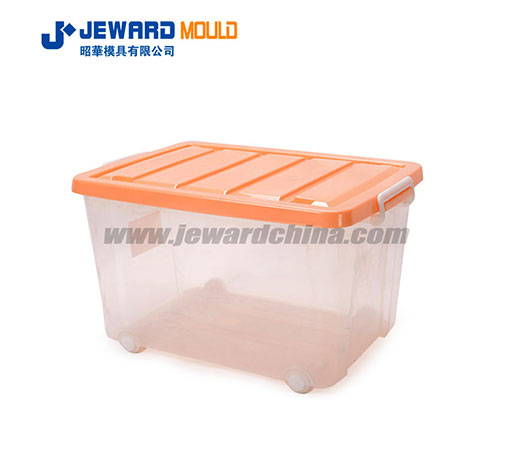The service life of an injection mold is measured by its expected production cycles, that is, the times the mold is used to manufacture a part. Therefore, in essence, a production cycle is directly related to the number of parts that an injection mold can produce in its life cycle.
SPI (Society of the Plastics Industry) classifies injection molds according to their expected mold lifespan.
Class 101 - life expectancy is + 1,000,000 times. These are the most expensive injection molds.
Class 102 - life expectancy does not exceed 1,000,000 times
Class 103 - life expectancy is less than 500,000 times
Class 104 - life expectancy is less than 100,000 times
Class 105 Molds- life expectancy is less than 500. This classification is for prototype molds, which are the cheapest.

1. Operating conditions - the operating conditions of the injection molding mold must have a corresponding impact on the service life of the mold.
2. Time between production runs - in general, the shorter the time between runs, the shorter the life of the die. It is unlikely to maintain the mold fully between each cycle because the production interval is short.
3. Cycle time - both longer and slower cycle times can reduce the burden on molds, which can help them prolong the molds' life in turn. The length of cycle time mainly depends on the mold design, including wall thickness and design complexity.
4. Injection mold material - the material used to make the mold could affect its life. For example, the life of aluminum molds will not be as long as steel molds. The material of injection molds for sale also has an impact on the service life.
Improving the injection molding tool life involves several practices and considerations. Here are some key strategies:
1. Proper Mold Design
Material Selection: Use high-quality, durable materials for the mold. Hardened steel is often preferred for its wear resistance.
Optimal Cooling Channels: Ensure efficient cooling to reduce thermal stress and cycle times.
Venting: Proper venting prevents gas buildup and reduces the risk of defects and damage.
Ejection System: Design an efficient ejection system to minimize wear and tear during part removal.
2. Maintenance and Cleaning
Regular Maintenance: Implement a preventive maintenance schedule that includes regular inspection, cleaning, and lubrication.
Cleaning: Clean molds regularly to remove residues and contaminants that can cause wear and defects.
Lubrication: Use appropriate lubricants to reduce friction and wear on moving parts.
3. Operational Practices
Proper Handling: Handle molds carefully to avoid physical damage. Use protective covers when molds are not in use.
Optimal Processing Conditions: Maintain consistent and optimal processing conditions (temperature, pressure, speed) to minimize stress on the mold.
Cycle Times: Avoid overly fast cycle times that can increase wear and thermal stress.
1. What is mold lifespan in injection molding?
Mold lifespan refers to the number of cycles a mold can complete before it requires significant maintenance or becomes unusable due to wear and tear. It is a crucial factor for manufacturers to consider when assessing the long-term cost-effectiveness of a mold. The mold lifespan depends on the material used for the mold, the design of the mold, and the conditions under which it operates.
2. What is the formula for calculating mold lifespan?
There is no single, universal formula for mold lifespan, but a common approach involves considering:
Material type and hardness (e.g., HRC rating)
Cycle time, pressure, and temperature
Maintenance schedules and cleaning procedures A simplified formula might look like:
This formula helps estimate the number of cycles before significant wear occurs.
3. What role does mold design play in mold lifespan?
Mold design is a critical factor in determining mold lifespan. Poor design can lead to high-stress concentrations, thermal imbalances, or areas prone to excessive wear. Molds with sharp edges, intricate details, or thin sections are more likely to wear out quickly. A well-designed mold that includes features like uniform thickness, proper venting, and effective cooling can reduce wear and extend mold lifespan.
